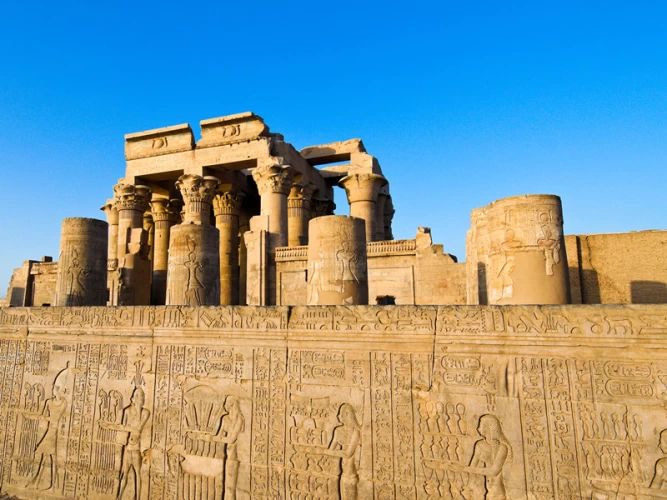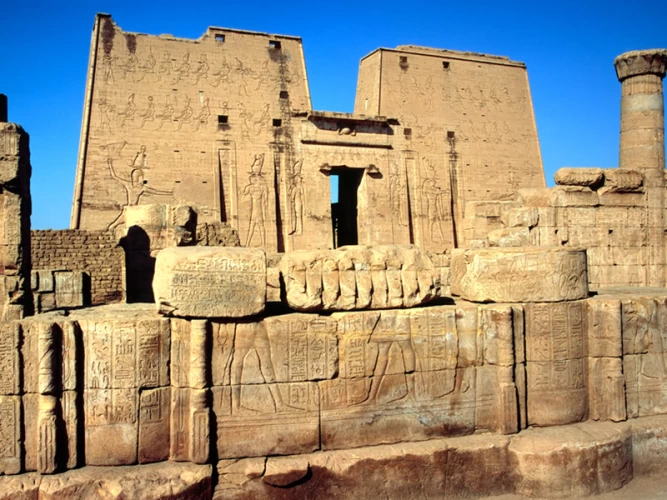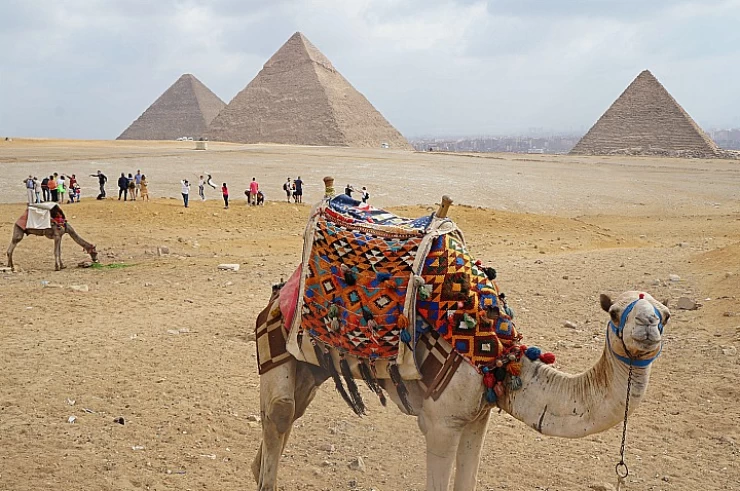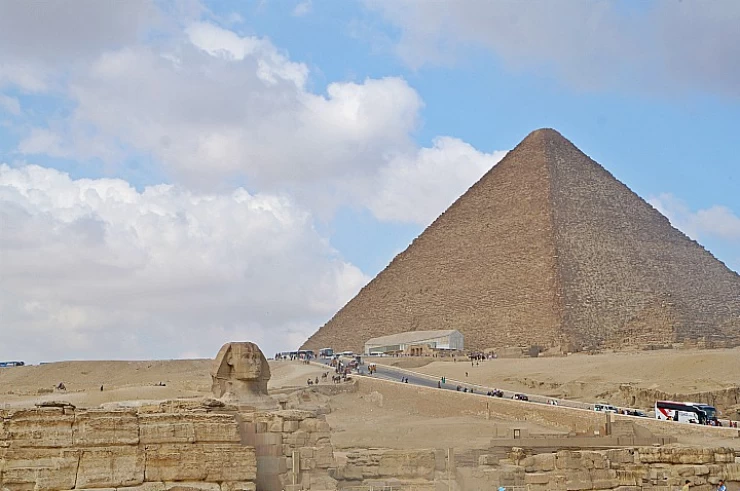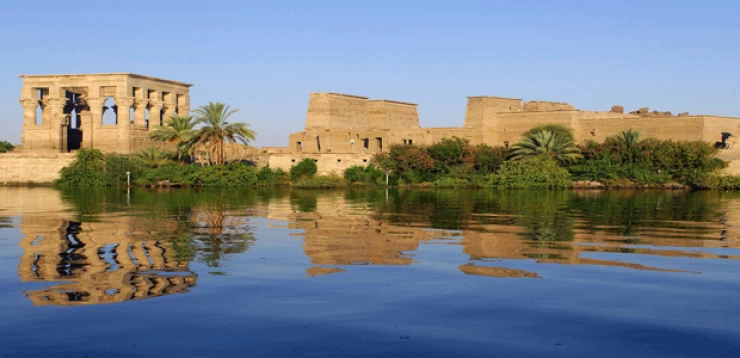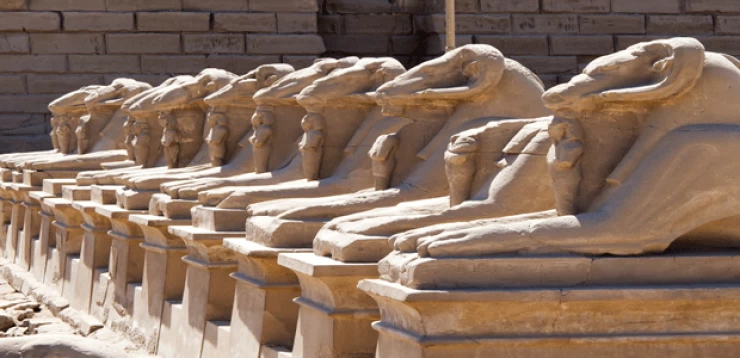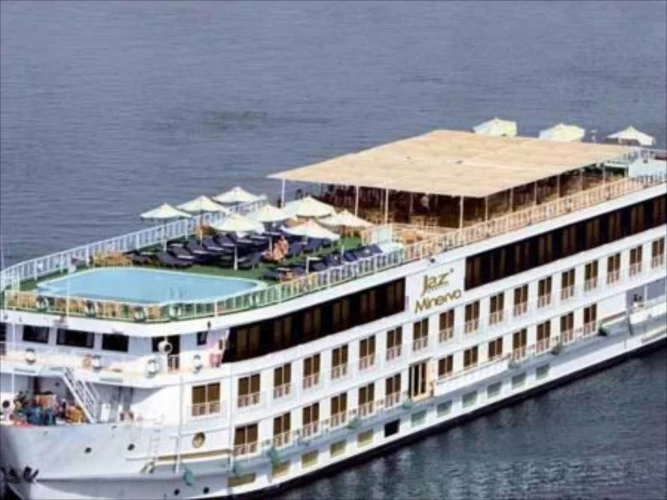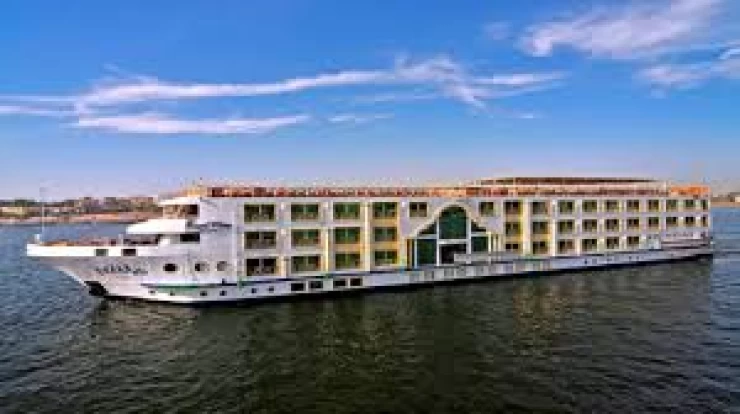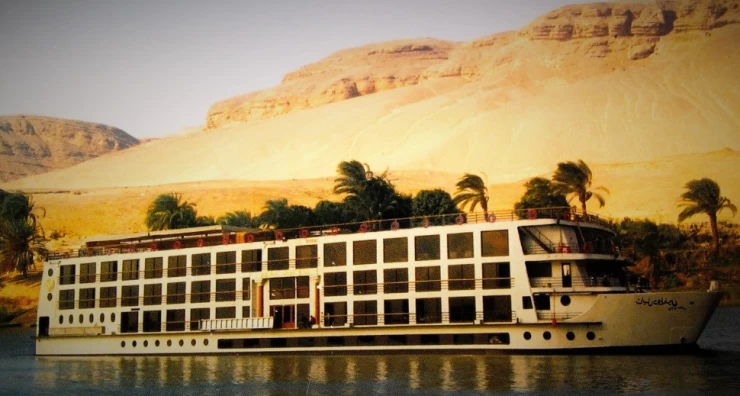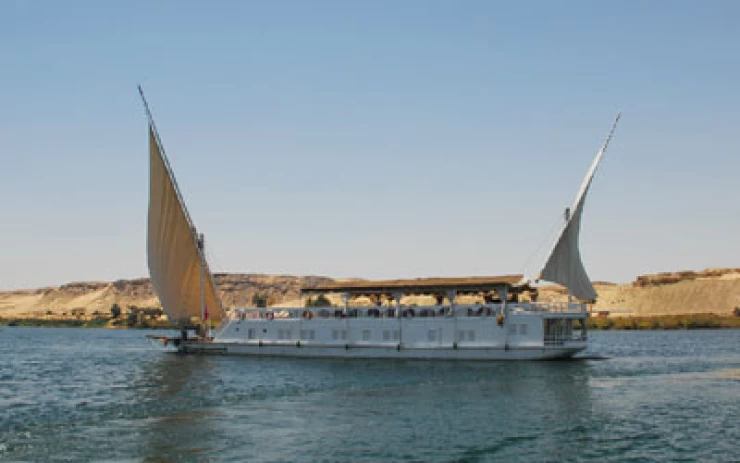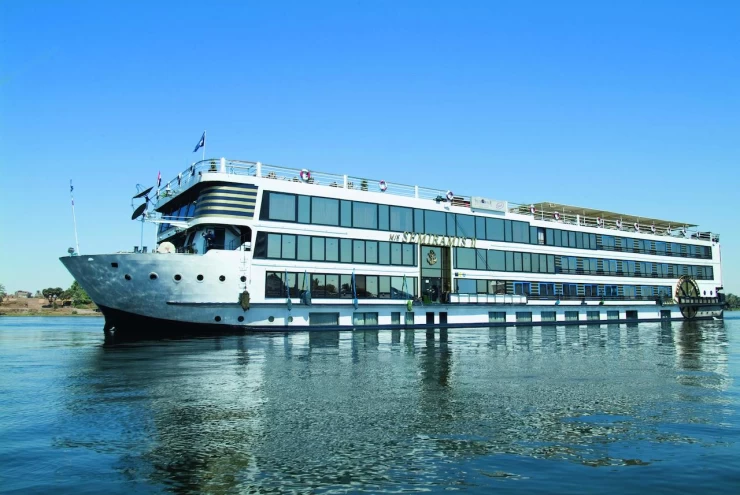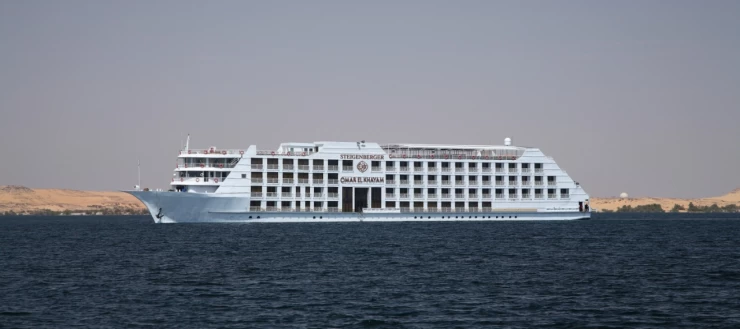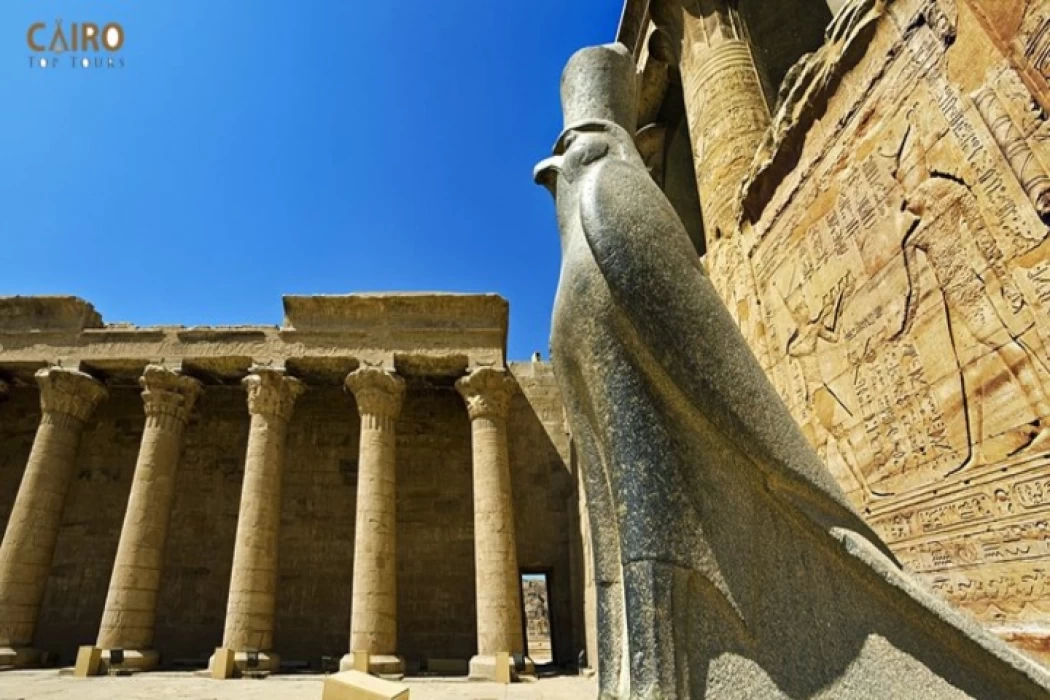
Edfu | The Temple of Horus
The Edfu Temple
The Temple of Edfu is located in Edfu, in Upper Egypt, on the western side of the Nile. In Latin, the city was known as Apollonopolis Magna in honor of the primary deity Horus, who was linked to Apollo in Greek understanding. It ranks as one of the most well-maintained temples in Egypt. The temple was built between 237 and 57 BC while the Ptolemaic Kingdom was in power. The inscriptions found on its walls provide important insights into language, mythology, and religion in Egypt during the Hellenistic period. The written inscriptions found in the Temple provide details regarding its construction and also include legends about temples as the origins of creation. Important moments and writings that illustrate the eternal rivalry between Horus and Seth are also present in the Sacred Drama. The translation of them is done by the Edfu-Project.
Edfu was among several temples built in the Ptolemaic Kingdom, such as the Dendera Temple complex, Esna, the Temple of Kom Ombo, and Philae. The magnitude reflects the extent of wealth at that time. The building of the present temple began on August 23, 237 BC and consisted of a hall with columns, two halls running across, and a sanctuary for boats with chapels around it. The building's construction started during the reign of Ptolemy III Euergetes and was completed in 57 BC under the rule of Ptolemy XII Auletes. The present temple honoring Horus was built on the site where a previous, smaller temple stood. Nevertheless, the old temple was oriented in an east-west direction rather than a north-south orientation like the new temple. Discoveries near the present temple include a ruined eastern pylon indicating a construction project for New Kingdom kings Ramesses I, Seti I, and Ramesses II.
The naos of Nectanebo II is located in the inner sanctuary.
The temple of Edfu ceased to be utilized for religious activities following the ban on non-Christian worship by Theodosius I in 391, resulting in the oppression of pagans. Similar to elsewhere, Christians who rose to power in Egypt vandalized numerous carved reliefs in the temples. It is believed that the scorched ceiling in the hypostyle hall, visible to this day, resulted from a deliberate fire aimed at destroying pagan religious symbols.
Over time, the temple was buried under 12 meters (39 ft) of shifting desert sand and river silt from the Nile. The people who live around there built their houses directly on top of where the old temple used to be. In 1798, the temple pylons were only partially visible to a French expedition that discovered the temple. French Egyptologist Auguste Mariette started the process of digging out the Edfu temple from the sand in 1860.
The Temple of Edfu is well-maintained and acts as a great example of an ancient Egyptian temple. Because of its significance in archaeology and its well-preserved condition, this site has become a top tourist attraction in Egypt and a frequent stop for many Nile river cruises. A visitor center and paved parking lot were added in 2005 to enhance access to the temple. In late 2006, a lighting system was put in place to allow for nighttime tours.
Latest Articles
Admin
Aswan Governerate in Egypt
Aswan was known as ‘Sonu’ in ancient Egyptian times, meaning market, as it was a trading centre for caravans coming to and from Nubia. In the Ptolemaic era, it was called ‘Sin’ and the Nubians called it ‘Yaba Swan’. It was also known as the Land of Gold because it served as a great treasure or tomb for the kings of Nubia who lived there for thousands of years. Before the migration, Aswan's borders extended from Asna in the east to the border of Sudan in the south, and its inhabitants were Nubians, but after the Islamic conquest of Nubia, some Arab tribes settled there.
Admin
About Luxor Governorate in Egypt
The South Upper Egyptian area is home to the Egyptian governorate of Luxor. Its capital is Luxor, which was formerly Thebes, the capital of Egypt throughout multiple pharaonic eras. Its centers and cities are spread over both sides of the Nile River. The said governorate was established by Presidential Decree No. 378 of 2009, which was promulgated on the 9th of December of that year.
Admin
History of kafr El Sheikh Governorate
Kafr El Sheikh Governorate, located in the far north of Egypt in the Nile Delta, overlooking the Mediterranean Sea, is characterised by the diversity of natural life and environments, and is one of the Egyptian cities that can be visited after the end of the first semester exams at universities and schools, as it features many diverse tourist and recreational places at symbolic prices within everyone's reach.
Admin
Egypt's New Administrative Capital
The New Administrative Capital is considered the project of the era because it reflects a perfect image of the future and progress on the economic, cultural, social and civilisational level, as the capital is considered the new capital of Egypt at the present time. The importance of the New Capital is that it is a comprehensive transformation of the future of buildings, services and national and mega projects in Egypt.
Admin
Al Gharbia Governorate
The Governorate of Gharbia is inclusive in the geographical area of The Arab Republic of Egypt which is in the African continent, more specifically in the region surrounding the Nile delta, between Damietta and Rashid governance. To the control of the region from the north is Kafr El-Sheikh Governorate, from the south Menoufia Governorate, from the east – Dakahlia, Qalyubia Governorates, and to the west is the Beheira Governorate.
Admin
Hamata Islands (Qulaan Archipelago) in Marsa Alam
Each reserve has several sectors. In Wadi El Gemal Reserve, there is one of the natural areas called the Hamata area or Hamata sector in Wadi El Gemal Reserve. Its sectors are the perfect and most ecological, land and water, and host countless animals and plants found in the oceans and on the land.






